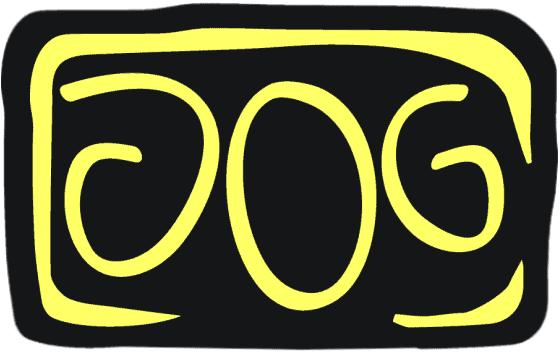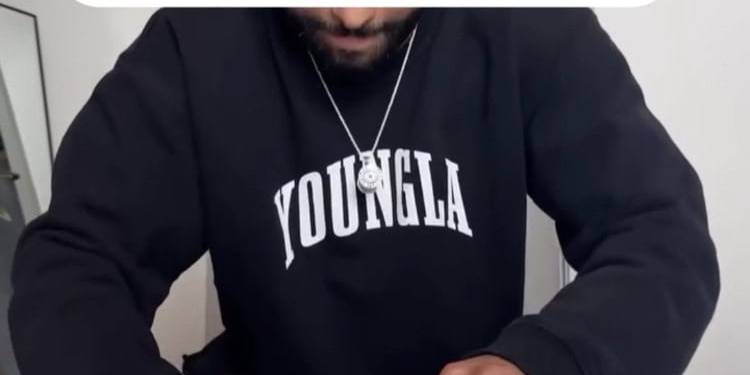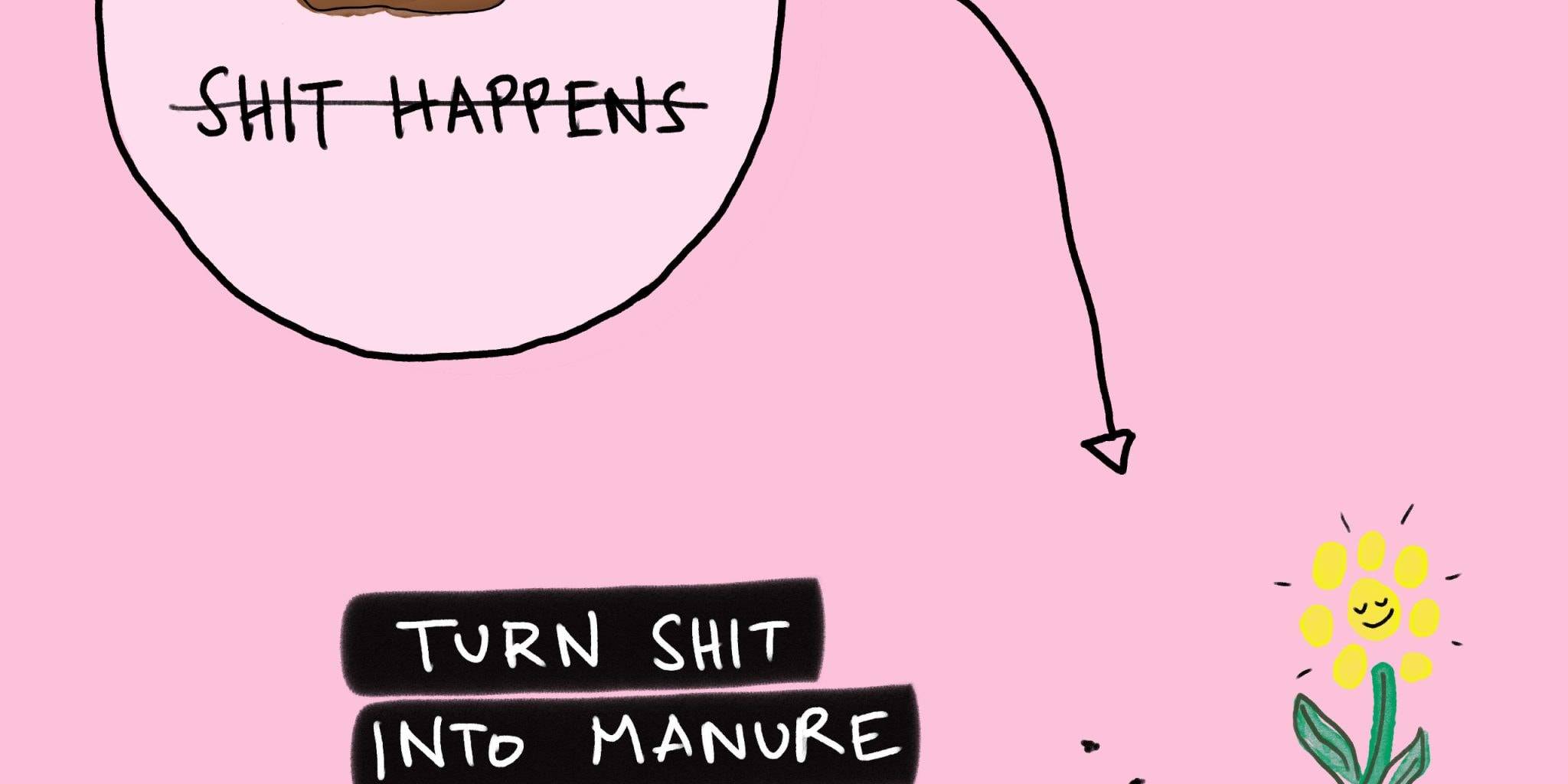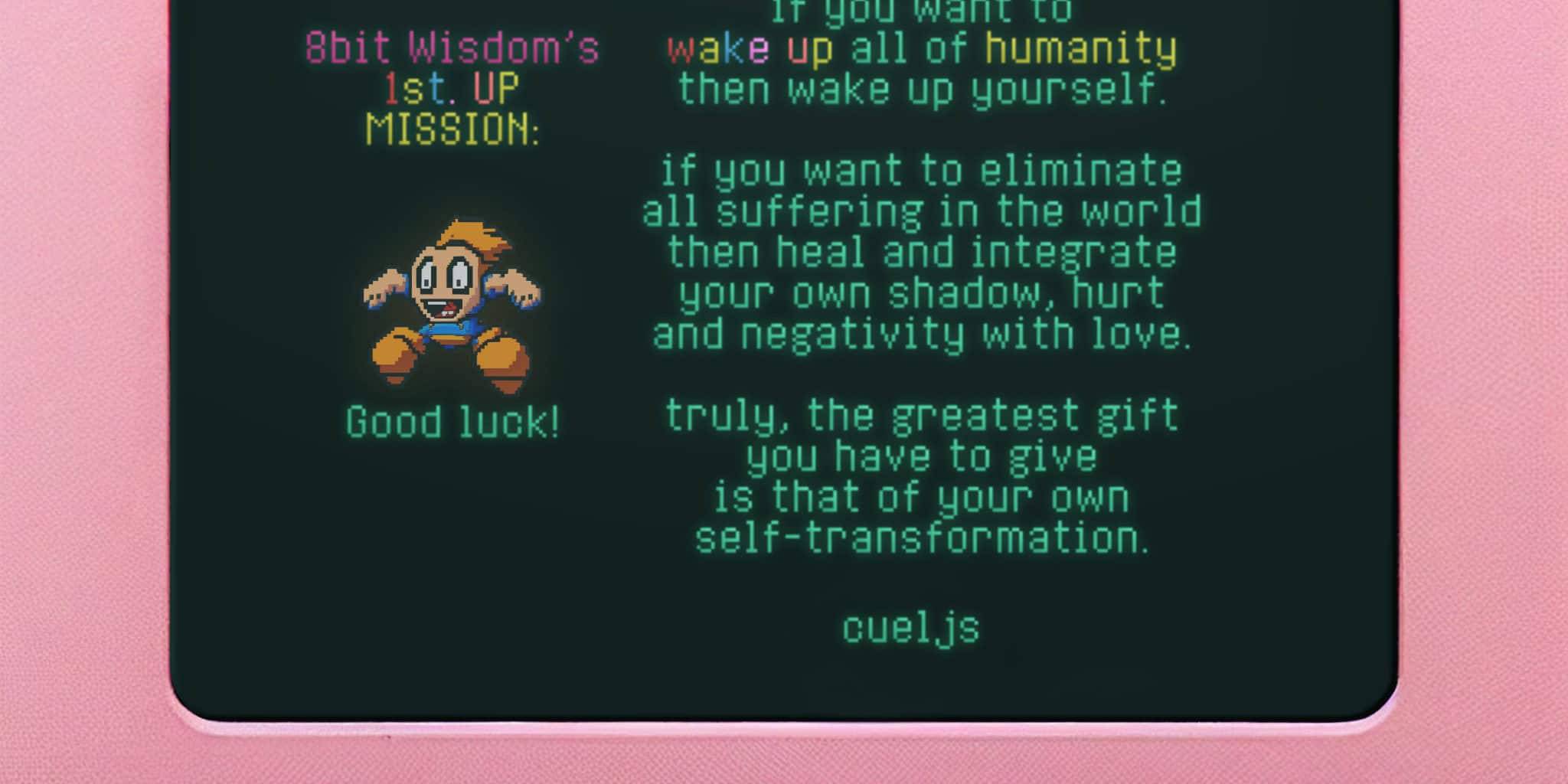The Mother Wound: Understanding Learned Co-Dependency
Co-dependency often gets trivialized as simply being “too nice” or “overly caring,” but the roots of this behavior run deep. At its core, learned co-dependency can be understood as a psychological survival mechanism, typically developed early in life, most often within the relationship between a child and their primary caregiver – commonly, the mother. This dynamic is so impactful and formative that it’s often referred to as the mother wound. Though this isn’t about blaming individual mothers, the term reflects a deeper societal and generational pattern, where emotional needs, boundaries, and self-identity become blurred.
What is the Mother Wound?
The mother wound describes the emotional pain and unmet needs passed down through generations of women. It’s not just personal; it’s collective. The concept acknowledges the emotional baggage and cultural conditioning that prevent women, and subsequently their children, from living fully expressed, independent lives. It’s a wound rooted in a system that reinforces rigid gender roles, isolates families without a support network, glorifies motherhood that equates self-sacrifice with fulfillment.
For those growing up in households where the mother was overburdened, emotionally unavailable, or struggling with her own unresolved trauma, co-dependency often emerges as a form of emotional caretaking. The child, sensing that their mother’s well-being is unstable, learns to put the mother’s needs above their own. As a result, the child grows up internalizing the idea that their value is derived from serving others, which is the hallmark of learned co-dependency.
How Co-Dependency Takes Shape
In its essence, co-dependency is the learned habit of making someone else’s emotional state your responsibility. It involves a compulsive need to manage, fix, or accommodate another person’s feelings, often at the expense of your own. While many people associate co-dependency with addiction or unhealthy romantic relationships, it usually has its roots in the formative mother-child dynamic.
Imagine a child who senses that their mother is often overwhelmed, anxious, or depressed. Without having the vocabulary or the emotional tools to articulate what’s happening, this child might subconsciously take on the role of the “good” or “helpful” child, believing that if they can ease their mother’s burden, they will earn her approval, love, or even basic emotional safety. Over time, this pattern becomes ingrained. The child learns that their role is to take care of others’ emotions while neglecting their own needs – a behavior they carry into adulthood, resulting in a learned co-dependency that becomes central to their sense of self.
At its core, learned co-dependency can be understood as a psychological survival mechanism, typically developed early in life, most often within the relationship between a child and their primary caregiver - commonly, the mother.
Signs of the Mother Wound
Individuals suffering from the mother wound and its resulting co-dependency often struggle with the following:
- People-Pleasing Tendencies: Constantly prioritizing others’ needs and desires, even to the detriment of their own well-being.
- Difficulty Setting Boundaries: Feeling guilt or fear when saying “no” or asserting personal boundaries.
- Low Self-Worth: A pervasive sense of not being “enough” or being worthy only when fulfilling a role.
- Fear of Rejection or Abandonment: Avoiding conflict, criticism, or any situation where rejection could occur.
- Over-Responsibility: Feeling responsible for other people’s emotions and actions.
- Emotional Numbness or Overwhelm: Difficulty identifying or processing their own feelings due to years of suppressing them.
The Gendered Nature of the Wound
This wound is particularly poignant because it’s often gendered. Women are socialized to put others before themselves – to be the caretakers, nurturers, and emotional anchors of their families. If a mother was never taught to care for her own emotional needs or assert her boundaries, how could she teach her daughter to do the same? The mother wound isn’t simply a one-off issue; it’s generational. It’s a reflection of systemic patterns, unspoken rules, social conditioning, and the internalized belief that one’s needs are secondary.
For men, the mother wound manifests slightly differently. Boys raised by emotionally dependent mothers may grow up with a distorted sense of masculinity. They may feel overly responsible for women’s emotions or struggle with shame when they assert themselves, leading to dysfunctional patterns in romantic relationships. In either case, co-dependency becomes a form of emotional bondage that keeps both genders from developing a healthy sense of self.
The mother wound describes the emotional pain and unmet needs passed down through generations of women. It’s not just personal; it’s collective.
The Cultural Layer: Motherhood as Martyrdom
One of the reasons the mother wound is so persistent is due to the glorification of motherhood as self-sacrifice. Society perpetuates the image of the “good mother” as someone who is endlessly giving, endlessly patient, and who derives her entire sense of worth from her children’s success and happiness. This idealized version of motherhood doesn’t leave room for boundaries, personal desires, or the acknowledgment of individual identity outside the role of ‘mother.’
When a mother adopts this model of motherhood, she teaches her children – both daughters and sons – that self-worth comes from self-erasure. This belief gets passed down, generation to generation, creating a vicious cycle. The unspoken message is that love and acceptance must be earned, often through servitude, compliance, and the suppression of one’s authentic self.
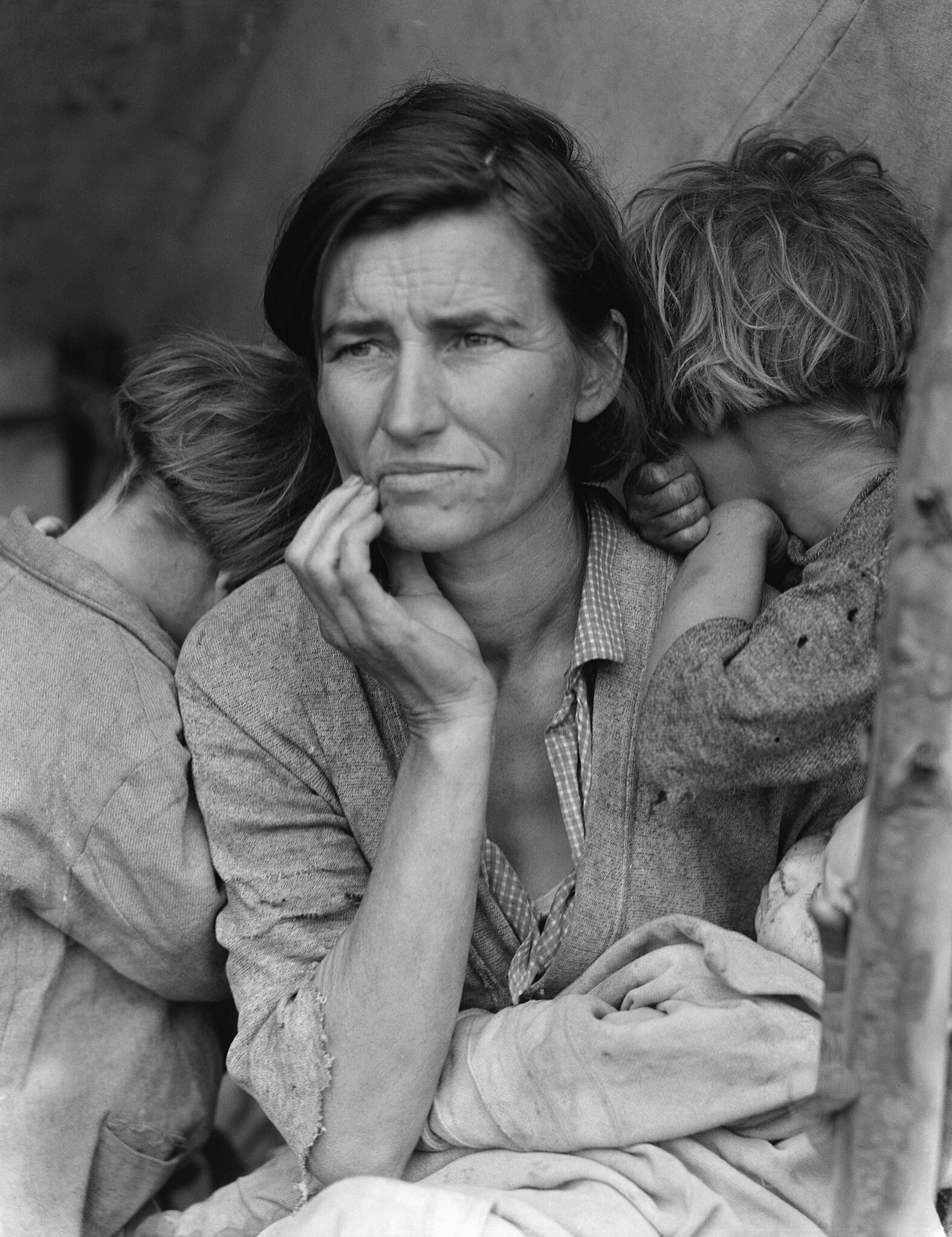
Healing the Mother Wound
Healing the mother wound and breaking free from learned co-dependency is challenging because it often feels like a betrayal. Many people are afraid to confront this dynamic because they fear it will mean rejecting their mothers or appearing ungrateful. But healing the mother wound isn’t about blame or rejection. It’s about reclaiming yourself.
- Acknowledge the Wound Without Blame: Recognize the impact of your upbringing and relationship with your mother, without assigning blame. Understand that she, too, was a product of her environment and likely carried her own mother wound.
- Redefine Your Identity: Part of healing involves separating your sense of self from your role as a caretaker. Ask yourself: Who am I outside of what I can offer others? What are my needs, desires, and boundaries?
- Set Boundaries Without Guilt: The mother wound thrives in a space of blurred boundaries. Practice asserting your needs without guilt. This might feel uncomfortable or even wrong at first, but it’s a crucial step in reclaiming your autonomy.
- Self-Compassion and Grieving: Healing the mother wound requires acknowledging the pain of unmet needs and suppressed emotions. Allow yourself to grieve the childhood you didn’t have or the emotional safety you never received. This isn’t self-pity; it’s self-compassion.
- Rewrite the Narrative: Recognize that you have the power to break this cycle. By prioritizing your needs and validating your emotions, you can offer yourself the nurturing and care that was lacking in your childhood.
- Seek Support: This process is often too complex and layered to navigate alone. Seek out support from therapists, coaches, or support groups that specialize in family dynamics, trauma, and co-dependency.
In its essence, co-dependency is the learned habit of making someone else’s emotional state your responsibility. It involves a compulsive need to manage, fix, or accommodate another person’s feelings, often at the expense of your own.
The Bigger Picture: Healing for Future Generations
The mother wound isn’t just personal – it’s systemic. Healing it requires a cultural shift in how we structure society—in tribes rather than isolated family units—and how we view caregiving roles, including both motherhood and fatherhood. It means valuing everyone as an entity unto themselves, not just as an extension of oneself or as fulfilling a function that benefits oneself. It means encouraging boundaries, emotional autonomy, and self-worth in both men and women, so they can pass down healthier relational patterns to their own children.
Healing the mother wound is not just about individual liberation – it’s about creating a future where children grow up feeling seen, heard, and valued for who they are, rather than for what they can do for a family member or the family. It’s about breaking free from learned co-dependency and embracing a model of relationship built on mutual respect, authenticity, and interdependence rather than emotional enmeshment.
Final Thoughts: Turning Pain into Power
Acknowledging the mother wound and its resulting co-dependency is painful because it often feels like questioning the primary bond we have. But it’s important to remember that this wound is not about vilifying mothers or their daughters who transition from girlfriend to wife to mother and eventually to mother-in-law. It’s about understanding how systemic structures, generational trauma, and societal expectations shape our relational patterns.
When we begin to see the mother wound for what it is – a deeply rooted pattern of learned co-dependency – we gain the power to choose differently. We can set ourselves free by unlearning these patterns, allowing the wound to transform from a source of pain into a source of strength. Through this journey, we reclaim our true core, aka our grain of gold, free from the chains of co-dependency and the legacy of a wound that was never ours to bear alone.
This is how we heal. This is how we break the cycle. And this is how we redefine what it means to truly love – ourselves and others.
You may also like
Unpacking Emotional Baggage: The Invisible Load We Carry into Relationships
When people fall in love, they often think they've left…
Turning shit into manure
Shit happens. And whenever life goes off the rails,…
The greatest gift you have to give
In a world deeply entangled in war, conflict, economic…
